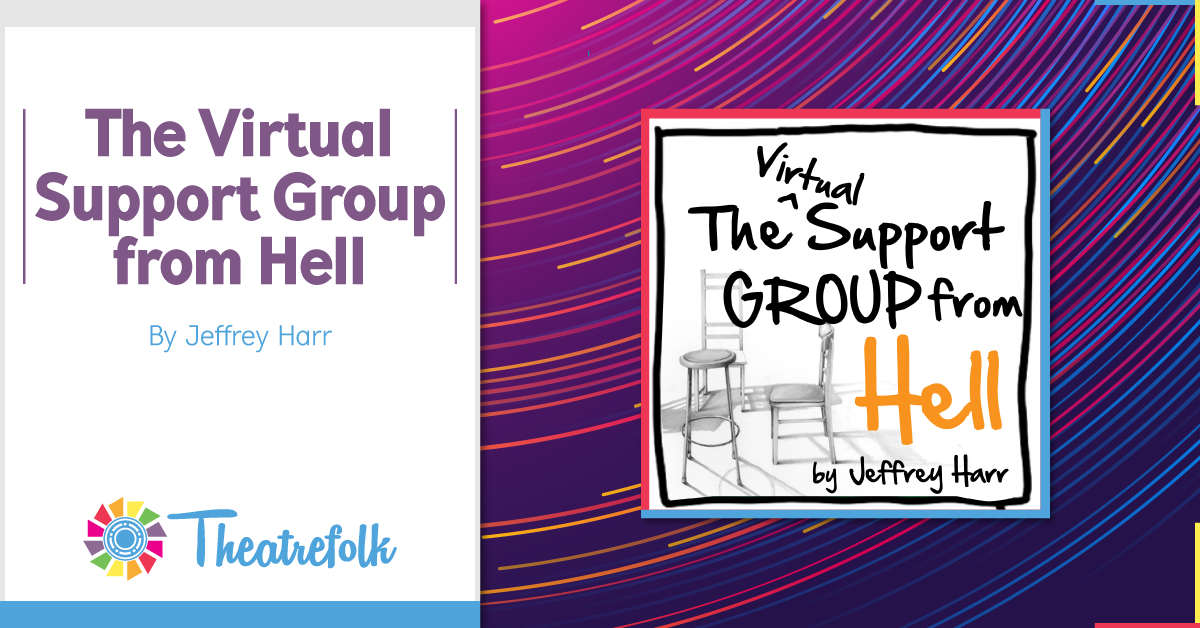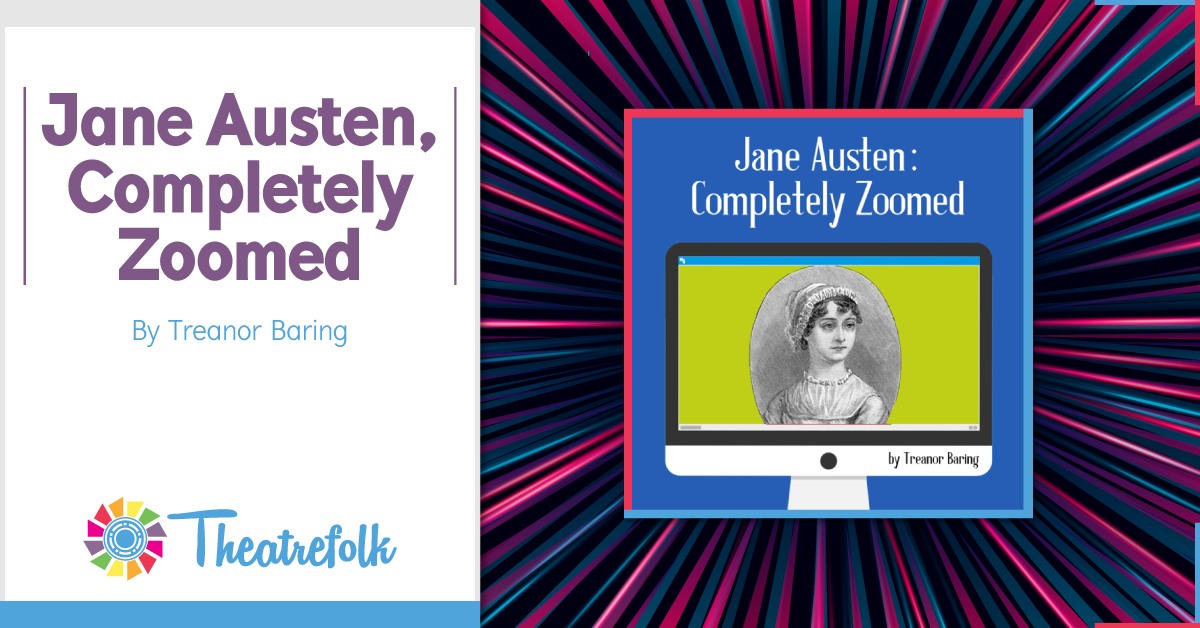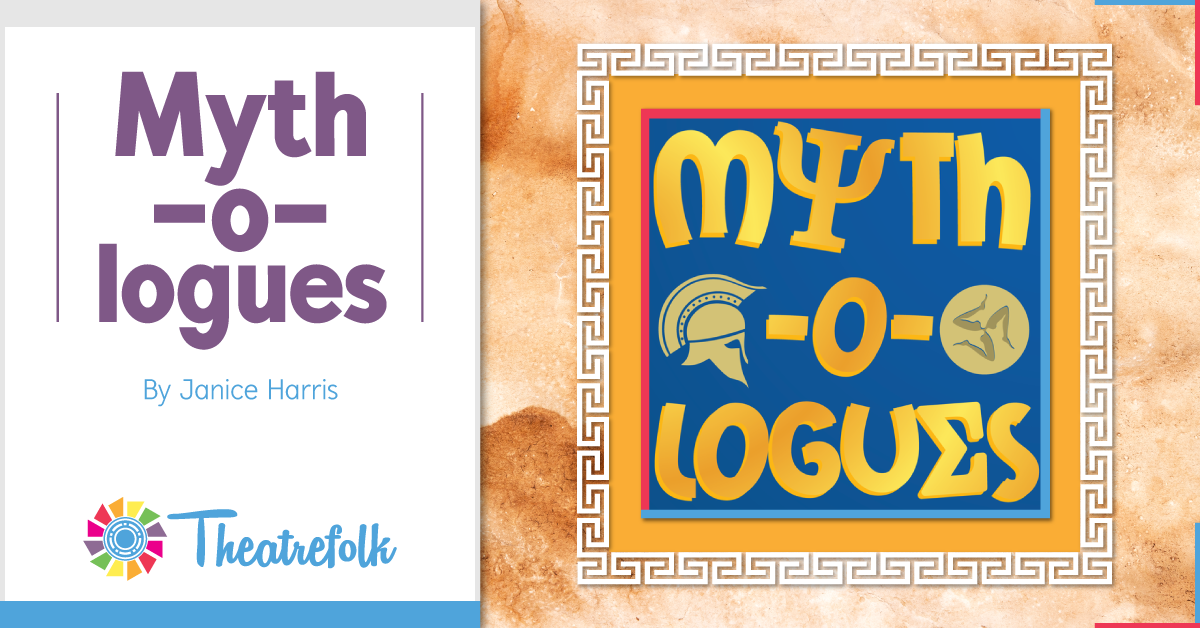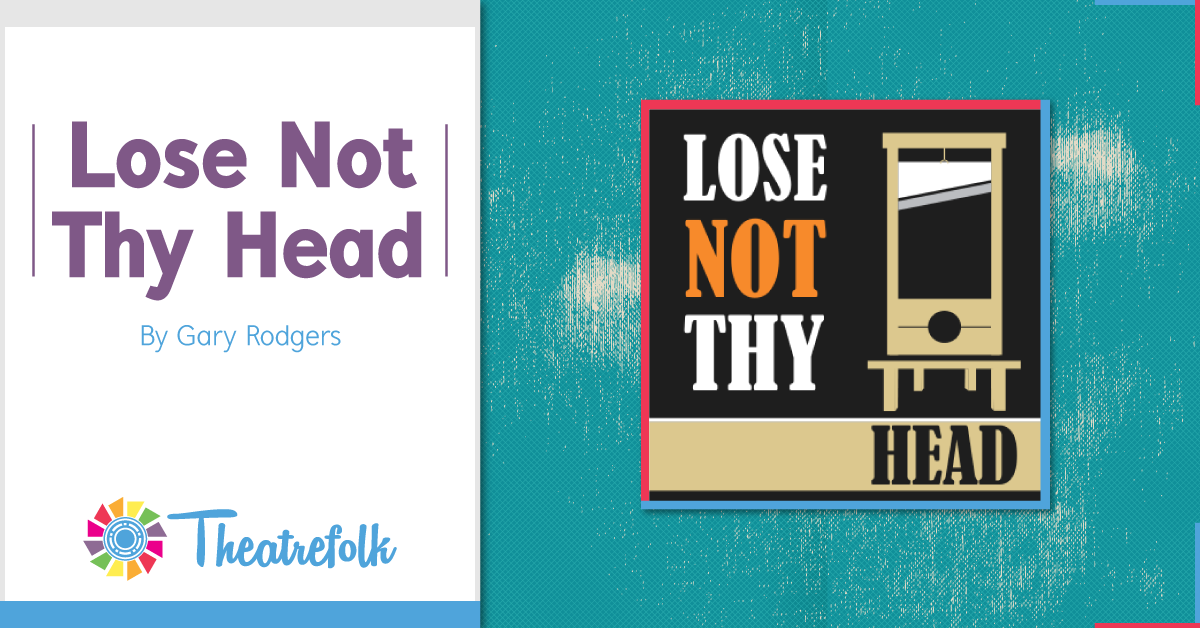Theatrefolk Featured Play – The Virtual Support Group from Hell by Jeffrey Harr
Welcome to our Featured Play Spotlight. The Virtual Support Group from Hell by Jeffrey Harr is a perfect play for an online environment – a hilarious virtual adaptation with fun, vivid characters.
Wendy joins an online teen support group. However, she quickly discovers that the others are anything but typical.
Who is Vladimir and why does he speak with a Transylvanian accent? Why does Lucy only speak one word (braiiinnnnssss)? And why does Janet think she’s Batman?
Why did we publish this play?
We’re still in the weeds of virtual productions, so why not produce something you can put together RIGHT NOW. Jeffrey Harr has adapted his play “The Support Group From Hell” so that it can be done virtually. He was inspired to do so after a school last spring did their own adaptation and it worked so well. Vivid characters that are so fun to play, and a story that makes total sense in a virtual environment.
1. Why did you write this play?
I’ve always been a huge fan of old-school movie monsters—Dracula, the Wolfman, Frankenstein’s creature—and wondered what they would be like in group therapy. And I’ve always been just as interested in throwing shade at Dr. Phil, so I figured, how about a wackadoodle therapist obsessed with Dr. Phil and a perfectly normal teen girl who unknowingly wanders into a group full of monsters? I loved the idea of taking characters who have such incredibly rich backstories and making them teens. Let’s face it—being a vampire is hard, adolescence is harder.
2. Describe the theme in one or two sentences.
Every kid’s got problems, undead or not, and talking them out with a licensed therapist can’t hurt.
3. What’s the most important visual for you in this play?
Because the play’s meant to be performed virtually, the appearance of the “monster” characters is really important—they’ll be on screen throughout the entire show. Plus, it’s a lot of fun to interpret them visually—Dracula, Frankenstein’s monster, a witch, a zombie. It gives the kids a chance to be creative in putting together what they’d look like as teens, not to mention what to do with the background. Like, what would a teen witch have in her room that would add to her character? It’s something that wouldn’t have to be considered on stage, but in this medium, it’s an extra dimension that could really add something to the character.
4. If you could give one piece of advice for those producing the play, what would it be?
I’d suggest having the actors playing the monsters to do a little research to have somewhere to start with their characters. What kind of vampire do you want to be? What would Frankenstein’s monster’s kid act like? How do you inflect the word “brains” to suggest a variety of different tones? Which Batman voice feels right? Getting a bunch of pop culture references can be a great place to start for ideas.
5. Why is this play great for student performers?
The play gives the kids a chance to play some pretty outlandish characters, which is always fun. And they have a lot of room for creativity in how they interpret them, as iconic as they are. The virtual aspect is really powerful, too—so much of a play in this format is up close and personal, making facial expressions and voice so important. Things that wouldn’t be seen or heard quite so crisply are impossible to hide on screen, and that’s a good thing. So much can be said with a great facial expression or a sarcastic whisper.
6. Do you have any tips for those who are performing this play online?
I’d suggest that the actors think carefully about what will be in the background of their screen so they can be deliberate in helping to create a humorous tone. And now that they’ve been spending so much of their lives online, they probably have some wonderfully creative ideas for how to best use the medium to help tell the story. Video tricks. Little things that happen while in one of those Zoom calls that would add something funny. I’d let them do what they do best—be creative, try different things, make it as relevant as possible.



